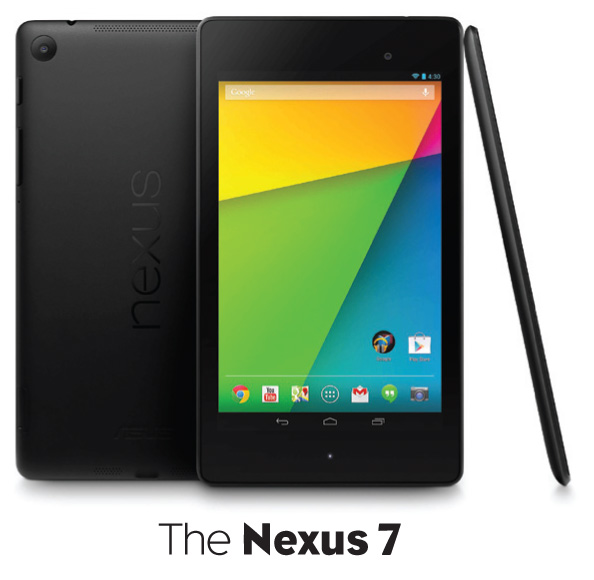Technology changes everything—especially the way we look at things. This becomes truer by the day in our screen obsessed world where you would be hard pressed to go through a day without looking at one, two, three or even five different screens—sometimes within the span of seconds. Now these screens are evolving thanks to new designs and technology that not only offer a richer, clearer picture, but also allow displays to pop up in unexpected places.
Surface Display: Multi-touch Screen Wherever You Please
Ubi Interactive is now offering a patent pending gesture control solution that can turn any surface into a 3D multi-touch screen. The technology uses a Microsoft Kinect for Windows sensor along with a projector or display panel and a Windows 8 PC with Ubi software installed to project a 3D multi-touch display on any surface you want. You can even turn your conference table into an interactive display for a presentation. While the display is not actually controlled by touch, the Kinect sensor is able to read your gestures and react as if you were interacting with a touchscreen. The price for the package ranges from $149 to $1,499 depending on your needs.
Desktop Monitor: A New Definition for Computing
The ASUS PQ321 True 4K UHD Monitor ($3,499) is the first ultra-high-definition desktop monitor available in the U.S. It offers your eyeballs eight million pixels for a 3840 x 2160 resolution, which is over four times the detail of a Full HD 1920 x 1080 display. The higher resolution also amounts to more screen real-estate, making it a little easier to multi-task. Additionally, the 31.5-inch monitor features a DisplayPort and dual-HDMI ports, so you can connect multiple devices to the monitor at the same time. Its Picture-by-Picture (PbP) mode also allows you to view images from two different sources simultaneously
Tablet: A Sharp Look
Google’s latest tablet sure is something to look at—with one of the sharpest resolutions ever on a 7-inch screen. The Nexus 7 ($299 to $349) packs 2.3 million pixels into its tiny package—that’s 323 pixels per inch for a very vibrant 1080p HD display. The tablet offers up to nine hours of HD video playback and 10 hours of web browsing or eReading. With built-in wireless charging, the tablet will pick up battery life when you are not using it, if you have a wireless charger nearby.
TV: A Curved Perspective
Samsung’s Curved OLED TV ($8,999) is the first screen of its kind from the manufacturer to hit the U.S. market. The panorama effect of the curved screen immerses viewers into the action as they feel more surrounded by the images than with a traditional TV. The 55-inch screen also lays self-emitting RGB sub-pixels directly on the color display panel, so not only are colors brighter but the display also produces pure whites and absolute black. This TV is also basically two screens in one thanks to MultiView, which allows two people to simultaneously watch completely different full-screen content using Samsung’s 3D Active glasses.
Print Display: Innovation in Healthcare Communication
Presentation is everything. In today’s connected world, your patients, physicians, HCPs and KOLs all expect you to be able to communicate in an innovative way that allows them to engage and learn at the time that is best for them—not you. Americhip’s Video in Print takes healthcare communication to an entirely new level. The Video in Print Books and Brochures ($30 to $70) allow you to load all of your digital training, educational and product information directly into a printed casebound book or thin profile print brochure. With Video in Print, you can program up to 45 minutes of video content across five chapter buttons, choose from a variety of screen sizes and allow your users to recharge the units up to 500 times.










